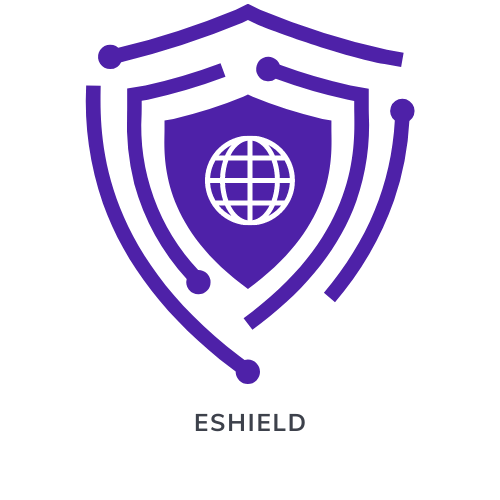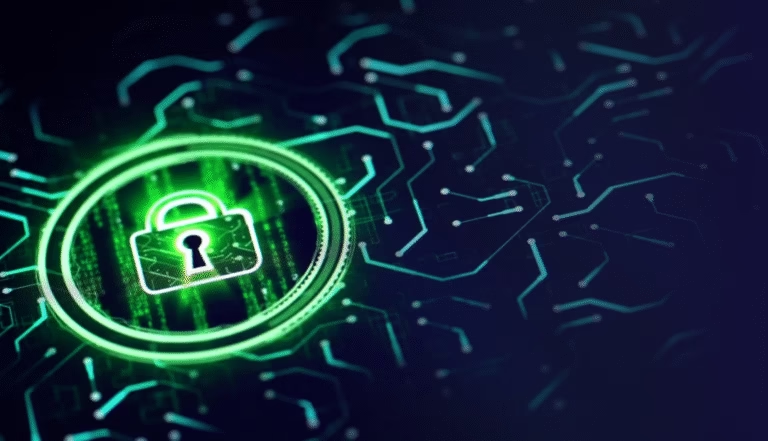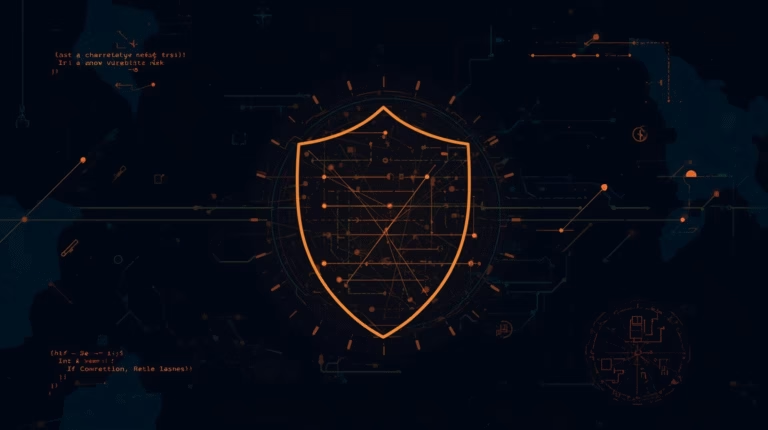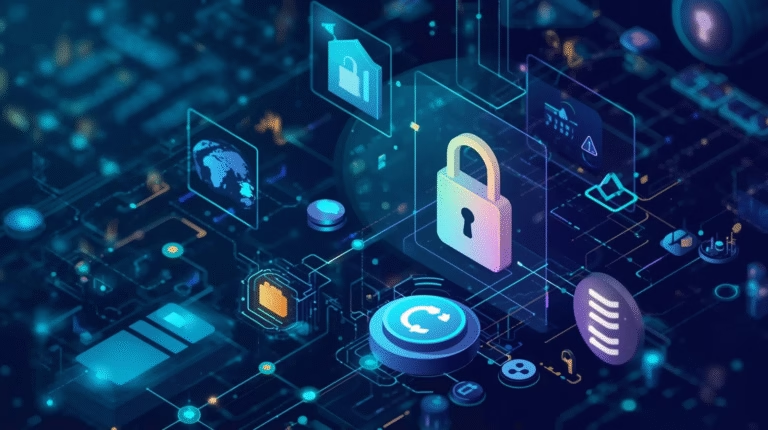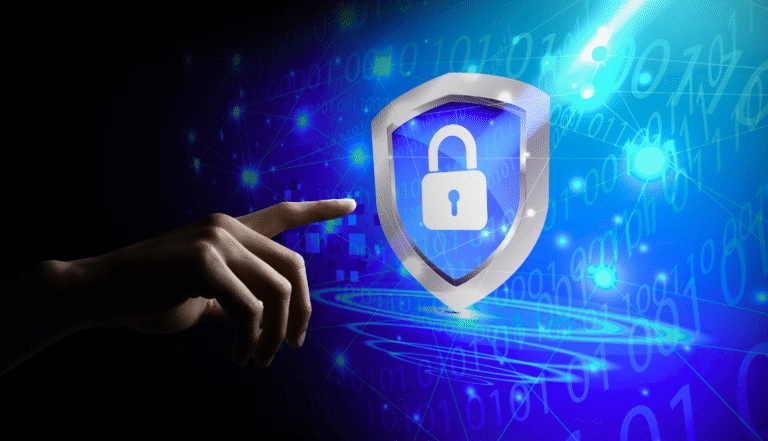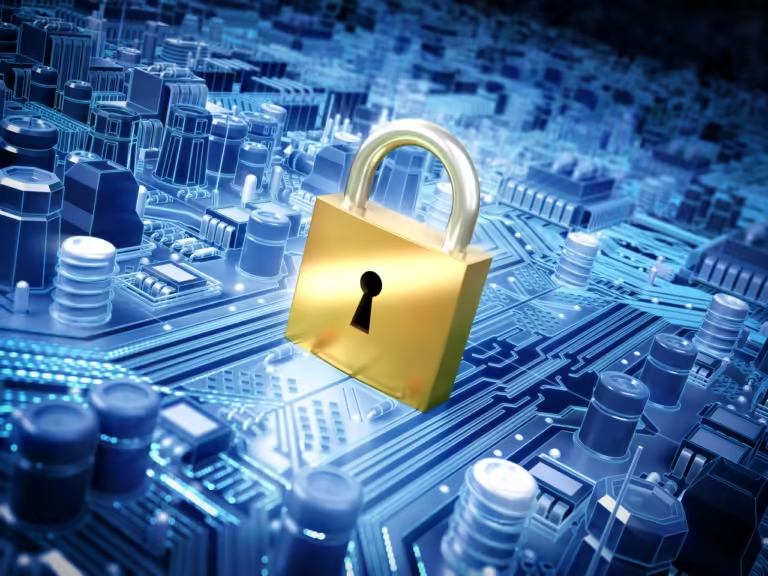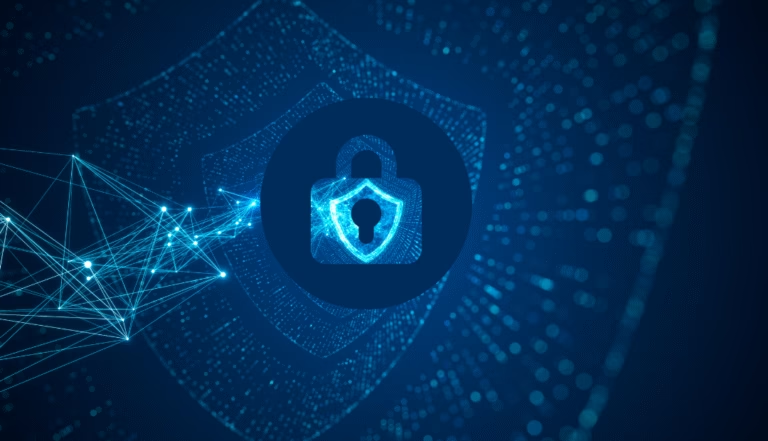Table of Contents
Pages
- About Us
- Vulnerability Assesment & Penetration Testing
- UAE Data Privacy
- KSA PDPL implementation and Fines
- Continuous Monitoring in Cybersecurity | Cyber Security Monitorring
- Empower Your Business with VCISO Services
- Soc Services
- Cyber Technology
- Security Assessments
- Audit and Compliance
- service
- India
- Cyber Security Framework SAMA
- Training & Skill Development
- Australia
- NESA Audit
- SOC2 Audit
- UAE
- Qatar
- Saudi Arabia
- Geographies
- Privacy Policy
- Penetration Testing
- Managed SOC Services
- Threat Hunting
- Dubai Computer Forensics
- Malware Analysis
- Cloud Security
- Incident Handling And Monitoring Services
- Red Team Assessments
- Mobile Application Audits
- Data Privacy
- ISO 27001
- Cyber Security Expert
- Vulnerability Assessment
- Application Security Auditing
- PCI DSS Compliance
- Privacy Policy-old
- Contact
- Blog
- Home
Categories
- What is Cyber Security?
- Web Application Security Auditing
- Web Application Security
- Web Application Firewall
- Web Apllications Security
- wapt
- Vulnerability Testing and Penetration Testing
- Vulnerability Scanning
- vulnerability assessment and penetration testing
- vapt
- Useful
- Uncategorized
- UAE Cyber Security Company
- top cyber security companies in the UAE
- Top 10 GRC Tools
- SOC UAE
- SOC 2 Certification Cost
- Security
- Red Teaming Services
- Red teaming
- Privacy
- Pentest
- Penetration Testing
- PCI DSS Stands for
- PCI DSS Purpose
- PCI DSS Compliance
- PCI DSS
- News
- new tech
- Most Popular SIEM Tools
- Managed Security Services Provider
- ISO 27001 Consultants in UAE
- ISO 27001 Compliance in the UAE
- General
- cybersecurity regulation
- Cybersecurity
- cyber sercurity firm
- Cyber Security UAE
- Cyber Security Specialist
- Cyber Security Services
- Cyber Security Near Me
- cyber security master
- Cyber Security Jobs in Dubai
- Cyber Security GRC
- Cyber Security Expert
- cyber security course
- Cyber Security Consultant
- Cyber Security Company in Dubai
- Cyber Security Company Dubai
- Cyber Security Company
- Cyber Security Companies
- Cyber Security Basic
- Cyber Security Awareness
- Cyber Security
- Compliance
- Application Penetration Testing
- AI-Powered Cybersecurity
In today’s digital age, the dark web has become synonymous with cyber threats and illicit activities that pose significant risks to cybersecurity. Understanding the intricacies of the dark web and its impact on online security is crucial for organizations and individuals seeking to protect sensitive information and mitigate potential breaches.
The Dark Web: An Overview
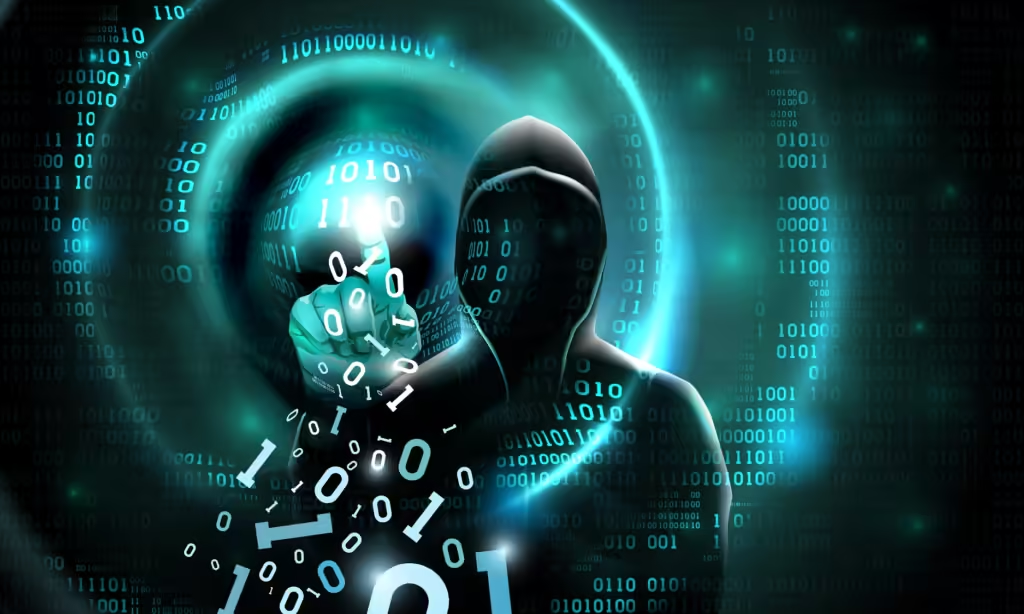
What is the dark web and how is it different from the surface web?
The dark web is a part of the internet that is not indexed by traditional search engines and requires special tools like Tor to access. It is characterized by anonymity and encrypted communication, in contrast to the surface web, which is indexed and accessible through standard browsers like Chrome or Firefox.
Why is the dark web a breeding ground for cyber threats?
The dark web provides a platform for cybercriminals to carry out illicit activities such as selling stolen data, malware, and hacking tools due to its anonymity and unregulated nature, making it a hotspot for cyber threats.
How can organizations identify potential threats in the dark web?
Organizations can utilize dark web monitoring services to scan for mentions of their sensitive information, credentials, or any suspicious activities related to their brand, enabling proactive threat detection and mitigation.
Cyber Threat Landscape on the Dark Web
What types of cyber threats are prevalent on the dark web?
The dark web hosts various cyber threats such as malware, ransomware, phishing kits, and vulnerabilities for sale, making it a marketplace for malicious actors to exploit.
How do threat actors use the dark web to orchestrate cyber attacks?
Threat actors leverage the dark web’s encrypted communication to coordinate cyber-attacks, share tools, and collaborate on exploiting organizations’ vulnerabilities and security gaps.
What role does threat intelligence play in mitigating dark web threats?
Threat intelligence allows organizations to stay ahead of new threats by monitoring dark web sources for emerging risks and taking proactive measures to safeguard their systems and data.
Dark Web Monitoring and Cybersecurity
What is the significance of dark web monitoring for organizations?
Dark web monitoring is crucial for organizations to detect potential data breaches, compromised credentials, and other cyber threats early on, enhancing their overall cybersecurity posture.
How can dark web threat intelligence help organizations mitigate risks?
Dark web threat intelligence provides organizations with actionable insights into potential threats, enabling them to proactively mitigate risks and prevent cyber-attacks before they occur.
What security solutions are effective in monitoring the dark web for threats?
Security solutions like advanced threat detection tools, encryption technologies, and secure communication protocols are essential for monitoring the dark web for potential threats and securing sensitive information.
Ransomware and Data Breaches on the Dark Web
How does ransomware operate on the dark web?
Ransomware is often distributed or sold on the dark web, where cybercriminals negotiate ransom payments and distribute decryption keys, posing a significant threat to organizations’ data security.
What measures can organizations take to safeguard against data breaches originating from the dark web?
Organizations can implement robust security measures such as regular data backups, employee training on cybersecurity best practices, and using multi-factor authentication to safeguard against data breaches originating from the dark web.
What role does incident response play in addressing cyber threats from the dark web?
Incident response strategies are essential for organizations to promptly detect and respond to cyber threats originating from the dark web, minimizing the impact of security breaches and swiftly restoring normal operations.
Dark Web Forums and Threat Actors
How do threat actors utilize dark web forums for malicious purposes?
Threat actors leverage dark web forums to exchange stolen data, discuss cyber-attack strategies, and recruit accomplices for carrying out coordinated attacks on organizations and individuals.
What types of sensitive information are traded on dark web platforms?
Dark web platforms facilitate the trade of sensitive information such as login credentials, personal data, financial details, and intellectual property, making them targets for cybercriminals seeking to profit from illicit activities.
Why is it crucial for organizations to proactively monitor dark web sources for emerging threats?
Proactive monitoring of dark web sources enables organizations to identify and mitigate potential threats in real-time, preventing security breaches, data leaks, and unauthorized access to sensitive information.
Enhancing Cybersecurity Posture with Dark Web Monitoring
How can dark web monitoring help organizations enhance their cybersecurity posture?
Dark web monitoring assists organizations in strengthening their cybersecurity posture by providing early threat detection, threat intelligence, and actionable insights to prevent cyber-attacks before they materialize.
What authentication methods are effective in preventing unauthorized access via the dark web?
Implementing strong authentication methods like biometrics, hardware tokens, and password managers can prevent unauthorized access to organizational systems and data via the dark web, securing sensitive information from cyber threats.
Why is proactive monitoring of the dark web essential in combating cybercrime?
Proactive monitoring of the dark web is critical in combating cybercrime as it allows organizations to stay ahead of cyber threats, disrupt malicious activities, and protect their assets, reputation, and customer trust from cyber-attacks.
Why is Dark Web Monitoring Essential for Cybersecurity?
Dark web monitoring plays a pivotal role in cybersecurity by providing organizations with threat intelligence that enables proactive defense mechanisms against emerging threats. By monitoring dark web sources, organizations can detect and respond to breaches promptly, safeguarding their systems and sensitive information.
The ability to mitigate risks posed by threat actors on the dark web through continuous monitoring and analysis is crucial in maintaining a robust cyber security posture. Dark web monitoring serves as a vital tool in the arsenal of cybersecurity professionals seeking to stay ahead of cybercriminal activities.
What Are Common Cyber Threats Originating from the Dark Web?
Ransomware attacks, orchestrated from the dark web, have become a pervasive threat affecting organizations and individuals globally. The exposure of sensitive information through dark web sources further underscores the need for robust cybersecurity measures to protect against data breaches and unauthorized access.
Dark web forums play a significant role in facilitating cyber threats by providing a platform for cybercriminals to exchange tactics, tools, and stolen data. Understanding the dynamics of cyber threats originating from the dark web is essential for implementing effective security measures.
How Does Dark Web Monitoring Enhance Incident Response?
Dark web monitoring enhances incident response capabilities by leveraging threat intelligence for proactive defense strategies. By incorporating dark web monitoring into their security protocols, organizations can enhance their security posture and quickly identify potential breaches.
Collaborating with third-party security solutions further strengthens incident response mechanisms, allowing organizations to effectively mitigate dark web threats. The integration of dark web monitoring services provides comprehensive visibility into the threat landscape, enabling swift and targeted responses to cyber incidents.
What Security Measures Can Organizations Implement to Safeguard Against Dark Web Threats?
Implementing multi-factor authentication is a fundamental security measure to prevent unauthorized access and credential misuse. Addressing vulnerabilities and promptly patching potential exploits help organizations proactively mitigate cyber risks originating from the dark web.
Staying ahead of emerging threats through continuous monitoring and analysis is key to safeguarding against evolving cyber threats. Organizations must adopt a proactive approach to cybersecurity, leveraging the insights gained from dark web monitoring to bolster their defenses against malicious actors and cyber-attacks.
